Causes and the Power of Early Discovery
Dental health is often overlooked until discomfort or pain arises. Yet, maintaining healthy teeth and gums is a cornerstone of overall well-being. The mouth serves as a gateway to the rest of the body, and poor oral health can contribute to numerous other health issues. Understanding the most common dental diseases, their causes, and the importance of seeking clear and timely information can empower you to take charge of your oral hygiene and ensure a healthier, brighter smile.
In this article, we’ll explore the most common dental diseases, their underlying causes, and why early detection is crucial for preventing more severe problems down the road.
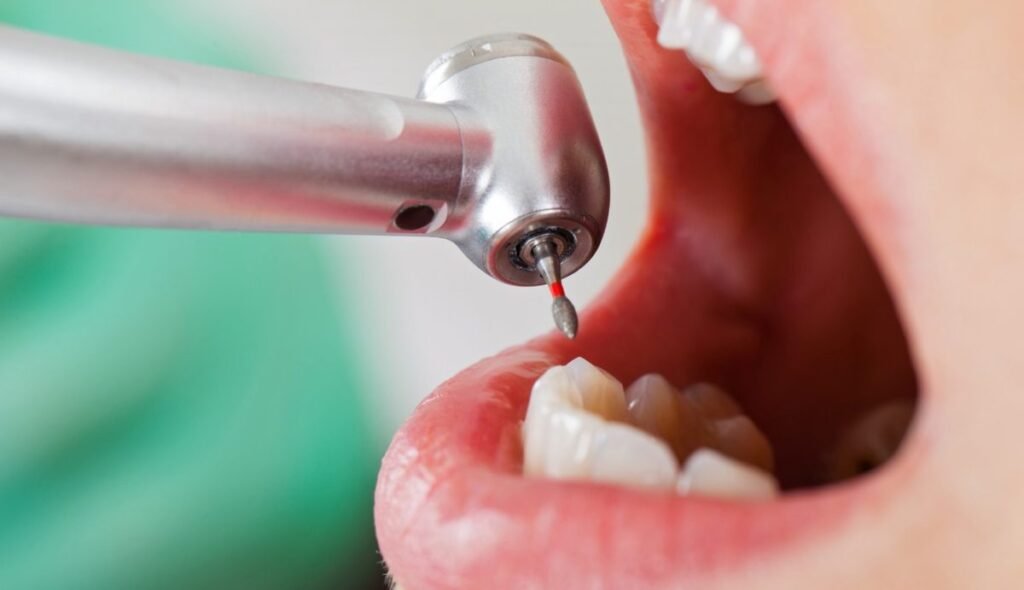
1. Cavities (Tooth Decay)
Cavities, also known as tooth decay or caries, are perhaps the most well-known dental issue. It occurs when the hard outer layer of the tooth, called enamel, breaks down due to acids produced by bacteria in the mouth. These bacteria feed on sugars and starches left behind after eating, and over time, they produce acids that erode tooth enamel, causing holes or “cavities.”
Causes:
- Poor oral hygiene practices, such as infrequent brushing and flossing, allow food particles and plaque to build up, feeding harmful bacteria.
- A diet high in sugary foods and drinks, such as candy, soda, and fruit juices, creates an ideal environment for bacteria to thrive.
- Dry mouth, which reduces saliva flow, contributes to a lack of natural tooth protection.
- Insufficient fluoride exposure, which helps prevent enamel erosion, can also contribute to cavity formation.
Warning Signs:
- Sensitivity to hot or cold food and beverages
- Visible holes or pits in the teeth
- Tooth pain when chewing or touching the affected area
Discovery Tip: Regular visits to the dentist for check-ups and cleanings can help identify cavities in their early stages. Dentists often use X-rays to detect cavities hidden between teeth or beneath the surface of the enamel.
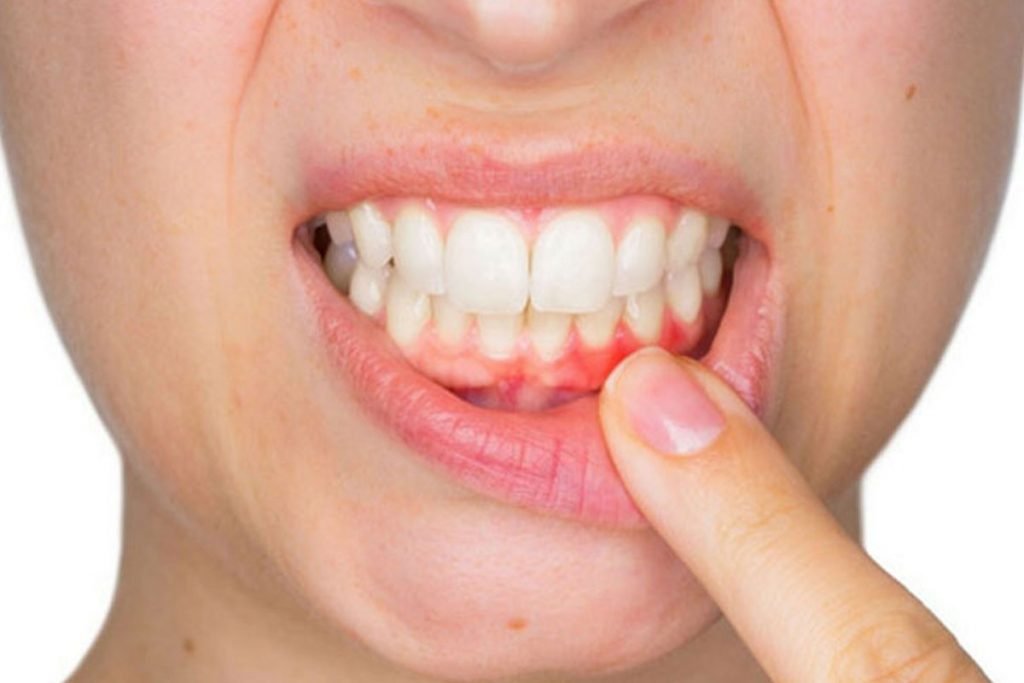
2. Gum Disease (Gingivitis and Periodontitis)
Gum disease is a condition that starts with inflammation of the gums (gingivitis) and, if left untreated, can progress to periodontitis, a more severe form that affects the tissues and bones supporting the teeth. Gingivitis is typically caused by poor oral hygiene that allows plaque to build up along the gumline, leading to irritation and inflammation.
Causes:
- Bacterial plaque accumulation from improper brushing or flossing
- Smoking or chewing tobacco
- Poor nutrition, particularly a lack of vitamin C, which plays a key role in gum health
- Medical conditions such as diabetes, which increase susceptibility to gum disease
- Certain medications that can affect saliva flow, increasing the risk of plaque buildup
Warning Signs:
- Red, swollen, or bleeding gums, especially when brushing or flossing
- Persistent bad breath or a bad taste in the mouth
- Loose teeth or changes in how teeth fit together when biting
- Receding gums
Discovery Tip: Gum disease is often silent in its early stages, so the best defense is prevention. Regular brushing, flossing, and professional cleanings can significantly reduce the risk of gum disease. Early intervention can prevent the progression to periodontitis, which may result in tooth loss if untreated.
3. Tooth Sensitivity
Tooth sensitivity is a common condition where the teeth become painful when exposed to certain stimuli, such as hot, cold, sweet, or acidic foods. This discomfort happens when the underlying layer of the tooth, known as dentin, becomes exposed due to enamel erosion or gum recession.
Causes:
- Enamel wear from aggressive brushing or acidic foods and drinks
- Gum recession, often caused by gum disease, which exposes the tooth roots
- Tooth grinding (bruxism), which can wear down enamel
- Cracked or damaged teeth that expose the dentin
Warning Signs:
- Sudden pain or discomfort when consuming hot, cold, or sugary foods
- Sensitivity to cold air or during brushing
- Discomfort when using whitening products
Discovery Tip: To prevent and manage sensitivity, use a toothbrush with soft bristles and a fluoride toothpaste designed for sensitive teeth. If symptoms persist, visiting a dentist can help identify the underlying cause, such as a crack in the tooth or a gum infection, and recommend appropriate treatment.
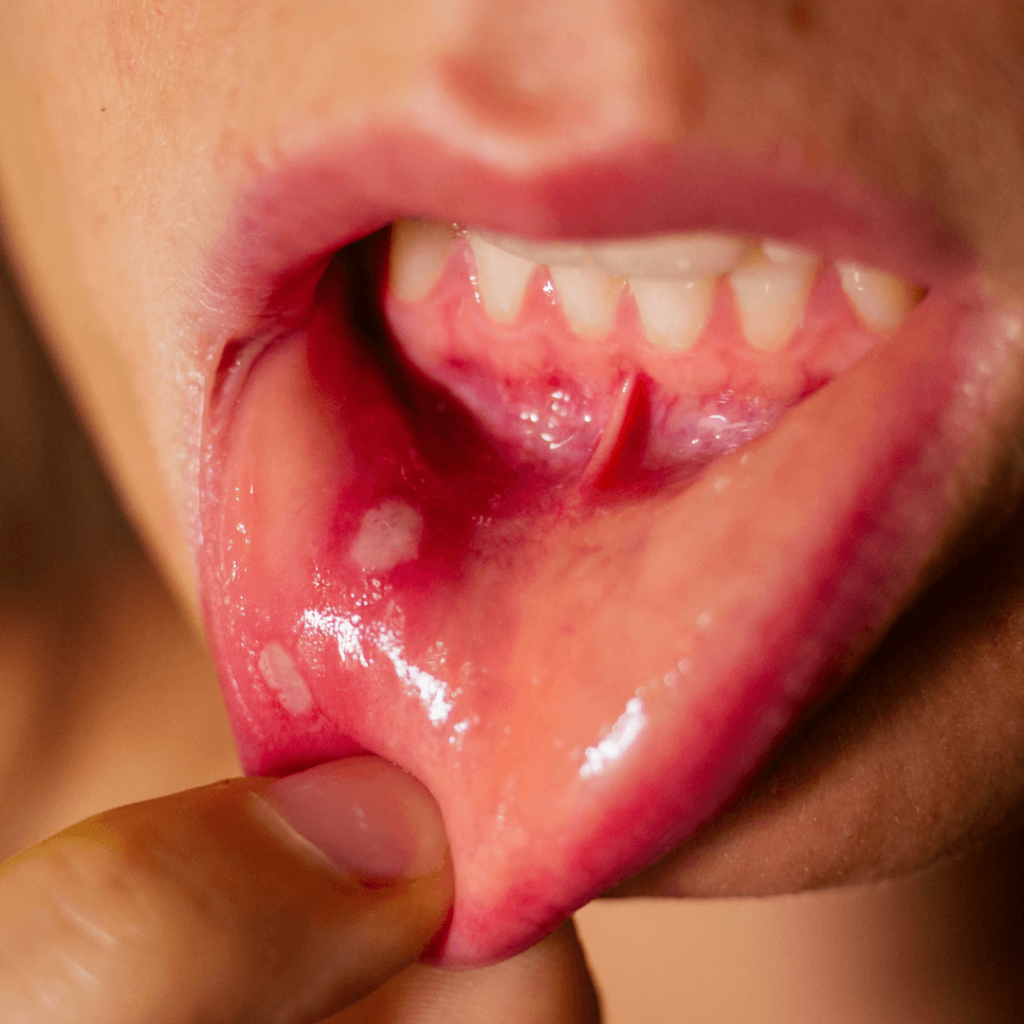
4. Oral Cancer
Oral cancer is a serious condition that can affect any part of the mouth, including the lips, tongue, cheeks, floor of the mouth, and palate. It is often linked to lifestyle factors, such as smoking, excessive alcohol consumption, and human papillomavirus (HPV) infection. Early detection of oral cancer is vital, as it can spread quickly and become life-threatening if not treated promptly.
Causes:
- Smoking and tobacco use are the leading causes of oral cancer.
- Excessive alcohol consumption increases the risk.
- HPV infection, particularly HPV-16, is a significant risk factor for oropharyngeal cancers.
- Poor diet lacking in fruits and vegetables may also contribute to increased cancer risk.
Warning Signs:
- Persistent sores or ulcers in the mouth that don’t heal
- Unexplained bleeding in the mouth
- Difficulty chewing, swallowing, or moving the jaw
- A lump or thickening in the mouth, throat, or neck area
- Persistent hoarseness or sore throat
Discovery Tip: Oral cancer screenings are often a part of routine dental exams. If you notice any of the warning signs listed above, don’t wait—schedule an appointment with your dentist. Early detection significantly increases the chances of successful treatment.
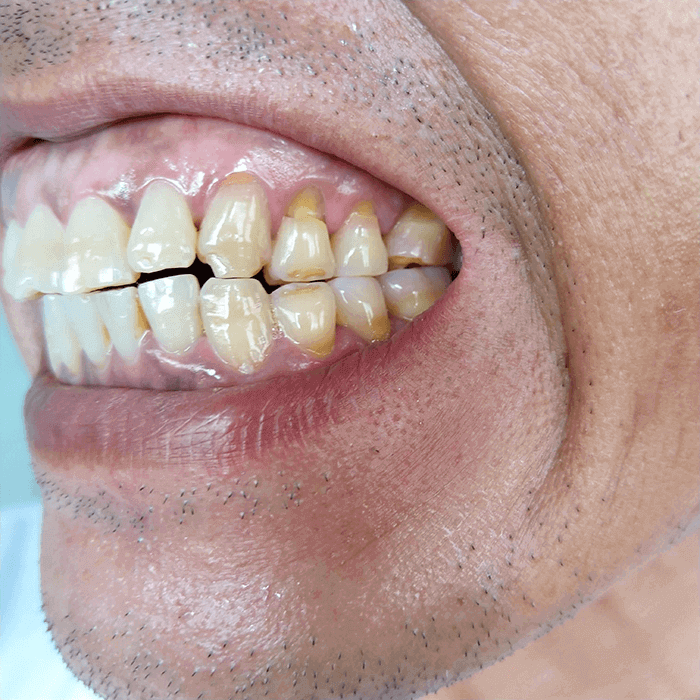
5. Tooth Erosion
Tooth erosion refers to the gradual loss of tooth enamel caused by acids that wear away the protective layer of the tooth. Unlike cavities, which are caused by bacteria, erosion is often a result of dietary and lifestyle choices.
Causes:
- Consuming acidic foods and beverages such as citrus fruits, soda, wine, and sports drinks
- Acid reflux disease, which brings stomach acids into the mouth
- Bruxism (tooth grinding), which can exacerbate enamel wear
- Certain medications or conditions that lead to dry mouth, reducing saliva flow
Warning Signs:
- Teeth appearing translucent at the edges
- Sensitivity to hot, cold, or acidic foods
- A change in the color of teeth, often becoming yellow due to the exposure of the underlying dentin
Discovery Tip: Managing tooth erosion starts with moderating acidic food and drink consumption and using a straw when drinking acidic beverages to reduce contact with teeth. A dentist can provide fluoride treatments to help protect and remineralize enamel.

6. Bad Breath (Halitosis)
Bad breath, or halitosis, is a common issue that can be caused by various factors, including poor oral hygiene, gum disease, dry mouth, and even underlying medical conditions.
Causes:
- Poor oral hygiene, leading to plaque buildup and bacterial growth
- Gum disease, which causes inflammation and infection of the gums
- Dry mouth, which reduces the mouth’s natural ability to wash away food particles and bacteria
- Diet choices, such as garlic, onions, or certain spices
- Medical conditions like diabetes, gastrointestinal issues, or respiratory infections
Warning Signs:
- Foul-smelling breath that persists, even after brushing
- A dry, sticky feeling in the mouth
- White or yellowish coating on the tongue
Discovery Tip: Good oral hygiene practices, such as brushing and flossing after meals and staying hydrated, can help combat bad breath. If the problem persists, it’s worth visiting a dentist to rule out underlying issues like gum disease or a medical condition.
Boost your smile with Prodentin – the natural way to support your dental health!
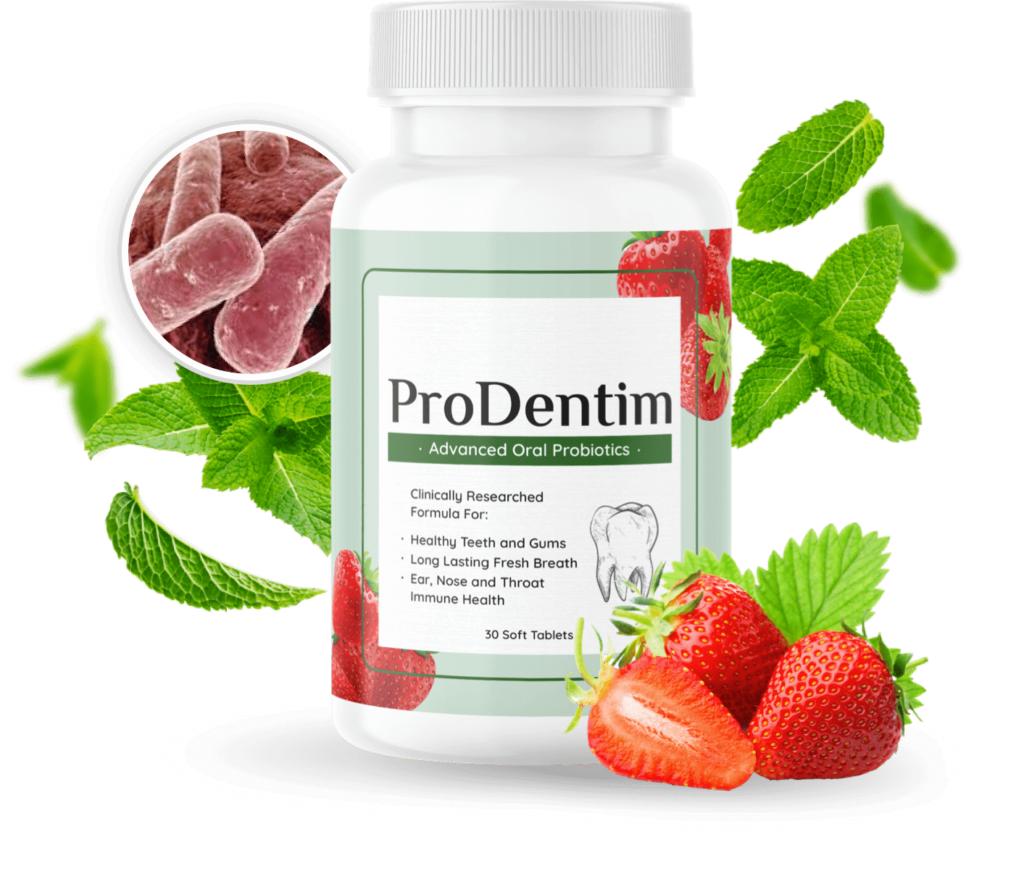
Conclusion: The Power of Early Detection
Dental diseases can range from mild annoyances to serious conditions that can impact overall health. The key to preventing or minimizing damage is early detection and proactive care. Understanding the causes and warning signs of common dental diseases empowers you to take action before problems worsen.
Regular dental visits, good oral hygiene practices, and a balanced diet are your best tools for maintaining a healthy mouth and avoiding these common dental issues. If you notice any unusual symptoms, don’t hesitate to seek professional advice. Remember, the power to maintain a healthy smile lies in your hands.
By making informed decisions and prioritizing your oral health, you can enjoy a lifetime of healthy teeth and gums, with confidence in the knowledge that you are taking the best care of your smile possible.



